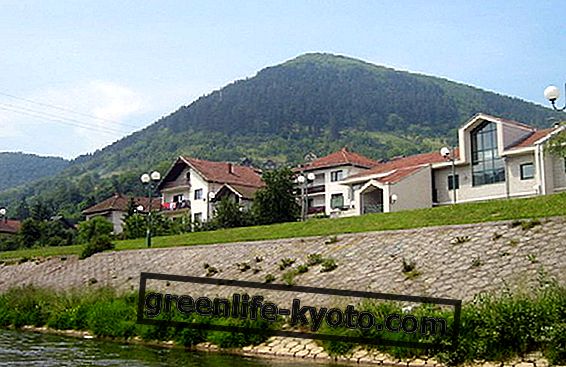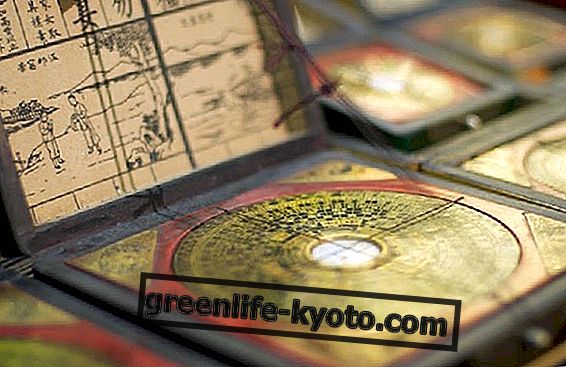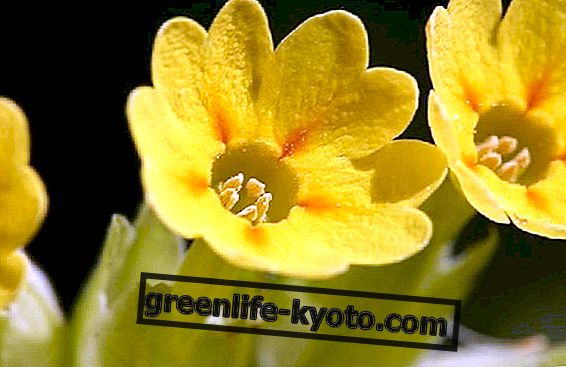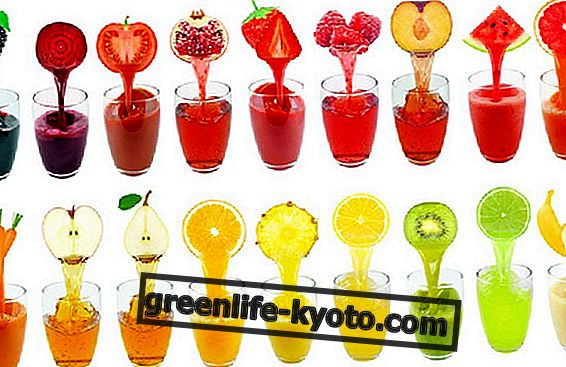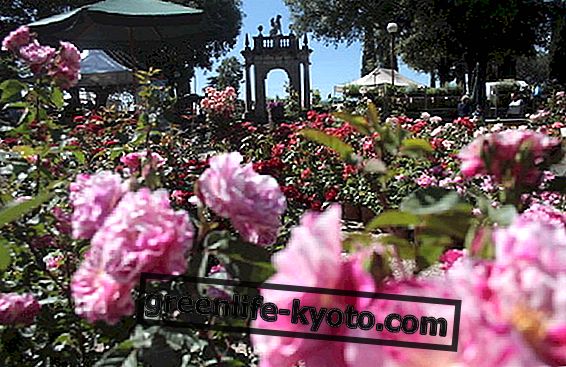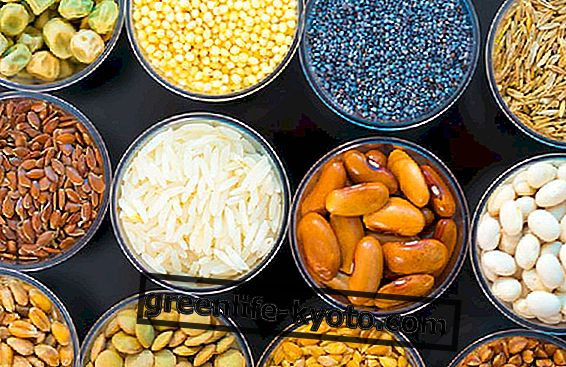
Late acne is a form of acne quite similar to that of the young but which occurs between 20 and 40 years of age. It involves various areas of the face and is characterized by the formation of white, black comedones and in more intoxicated cases of microcysts.
The cause seems to be due to the stress that triggers a psychosomatic manifestation on the face, while the most common theories that have always correlated late acne to hormonal and polycystic ovary are to be excluded. Stress can in fact induce neurological input to facial skin cells to generate hormones that give rise to acne.
In these cases it is important to avoid the use of make-up to cover and hide the blackheads, because it triggers a perverse mechanism of pollution and intoxication of the pores already put to the test by acne, exacerbating the inflammatory condition.
Late acne can be eradicated relatively quickly, as it is bacterial and inflammatory in nature, unrelated to diet or hormonal factors.
There are various tools to put in place to combat it: tetracycline-based antibiotics that eradicate the inflammation of bacteria and celery or non-pharmacological remedies to be taken topically, require a little more time but allow the skin to be treated from the outer layer up in depth.
Read also Ayurveda against acne >>
Remedies for late acne
Dermatologists advise against the use of creams, astringent ointments, purifying masks, since there is a risk of inflammation of the follicles and relative infection that could worsen and create permanent scarring.
Instead they suggest two practices, one of which is possibly preparatory to the other if necessary:
- Micropeeling: an evening peeling based on glycolic acid and salicylic acid, which deep cleans, activates a natural peeling and causes the melting of blackheads. The lotion that is applied to the face may not be rinsed and left to act on the skin all night.
In the morning, after cleansing with water only, the application of moisturizing creams or oils is not recommended. Specific creams with polymeric formulations exist on the market, characterized by large molecules that cannot be absorbed by the skin, which create a defense layer against external agents and can be the basis for a light makeup with a non-fat mineral formulation.
- Photodynamic therapy : in the most serious cases, which see a sort of devastation of the face from late acne, it is possible to associate micro-peeling with sessions of photodynamic therapy, which unfortunately require more time available for treatment and a greater economic outlay.
This is a technique that uses the reaction of red light to ignite the pimple. In synthesis and simplifying a lot an ointment is spread that contains a substance called 5-ALA, the latter is picked up by the inflamed follicles and transformed into protoporphyrin IX, a reactive to light; this process takes place in about two hours with the part covered by a bandage.
After two hours the area treated with the ointment is subjected to a treatment with red light at a certain frequency for about 30 minutes. Heat is perceived which serves to dissolve and peel acne, so the skin will appear red at the end of the treatment. Photodynamic therapy can be applied several times in addition to the micro peeling to accelerate the remission time of the epidermal surface.
In cases of acne, young or late, it is recommended to follow the dermatologist's instructions and avoid DIY treatments, because the risk of permanent marks on the face is very high.
Also read Burdock, properties, use and contraindications >>

